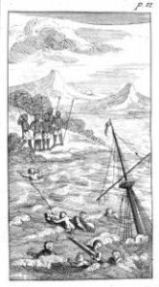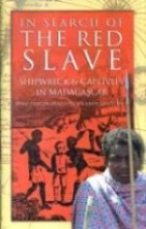The History and People of Berenty |
Berenty reserve was founded in 1936, by Henry and Alain de Heaulme. They gained a French government "Concession" to exploit 6000 ha of land beside the Mandrare River, felling the forest and planting sisal. They negotiated agreement with local villagers for the change, adding salaries to continued subsistence cultivation, and buffering people against the region's recurrent famines. Henry de Heaulme was Secretary to the Malagasy Independence Constitution. The family remains committed to Madagascar. Click here to read more about the de Heaulme family.
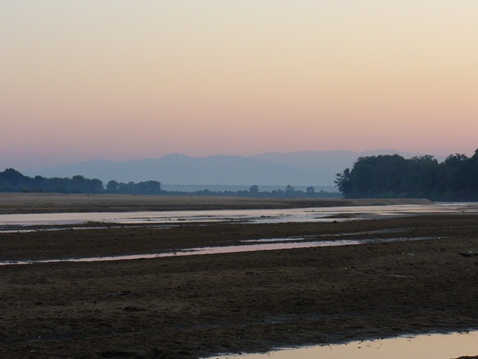 |
||
|---|---|---|
| Mandrare Dawn Sky © Photo by D Custance |
The de Heaulmes had set aside 1000 ha of their land as reserves for purely aesthetic reasons because they admired the landscape even as they changed it. They also recognized that the gallery forests were unique, different from almost any other forests of the region. With the arrival of Alison Jolly in 1963, Berenty became a focus for ever-increasing biological research. It was not until the 1980s that the reserve also became a tourist destination (see Visitors), and a magnet for photographers and television (see Media).
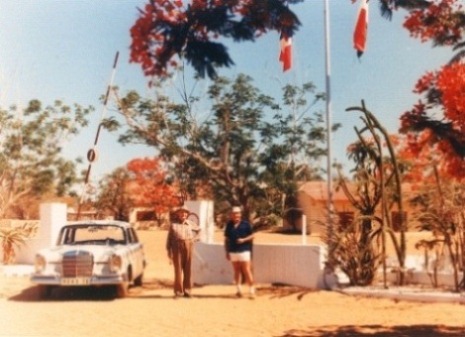 |
||
|---|---|---|
| The present owner, Jean de Heaulme and his father Henry, Berenty gate, 1960s © Collection de Heaulme | ||
The Tandroy people have lived in the dry southeast of Madagascar for about 400 years. Their royal lineage was described by Flacourt in 1661, and their early customs by Robert Drury, an English midshipman who was a slave to Tandroy lords about 1703-1720. Archaeologists Mike Parker Pearson and Karen Godden (www.shef.ac.uk/archaeology/research/madagascar) have shown that Drury's account was largely true (In Search of the Red Slave; see also Lords & Lemurs).
Jaona Tsiminono (The Never-Suckled) as a young man with his leaf-bladed spear. His grandfather Mahafaha was the first Tandroy to grant land to the de Heaulmes in what is now Ankoba. Original portrait by Paul Richard, photographed by A. Jolly |
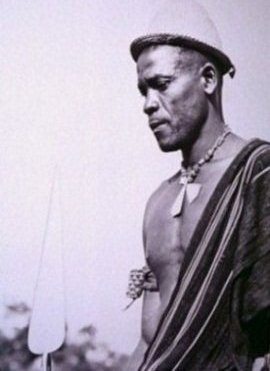 |
|||
|---|---|---|---|---|
Tandroy are pastoral people whose traditions revolve around ownership of zebu cattle, and whose pride is elaborate funerals and tombs for their ancestors. The Museum of Androy at Berenty presents contemporary Tandroy culture as recorded by anthropologists Georges Heurtebize and Sarah Fee. Tandroy dancers may show their art to tourists.
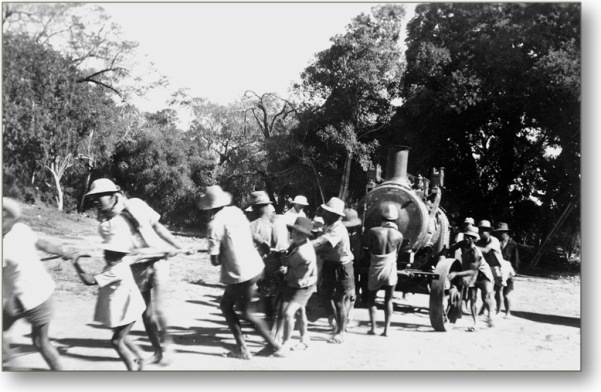 |
|---|
Bringing the first steam engine to Berenty. Photo by Alain de Heaulme, about 1937.
_MASTimg_BreakfastMale_(DC).jpg)
_MASTimg_BerentyWebsiteMasthead.jpg)




